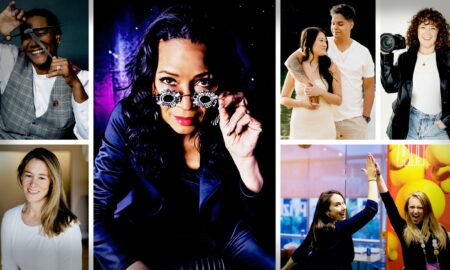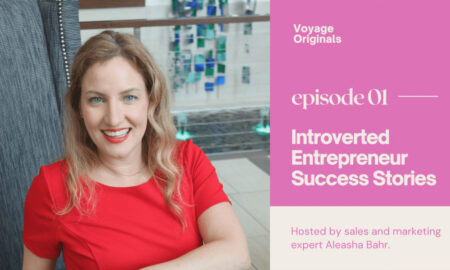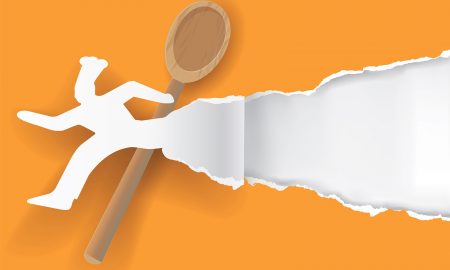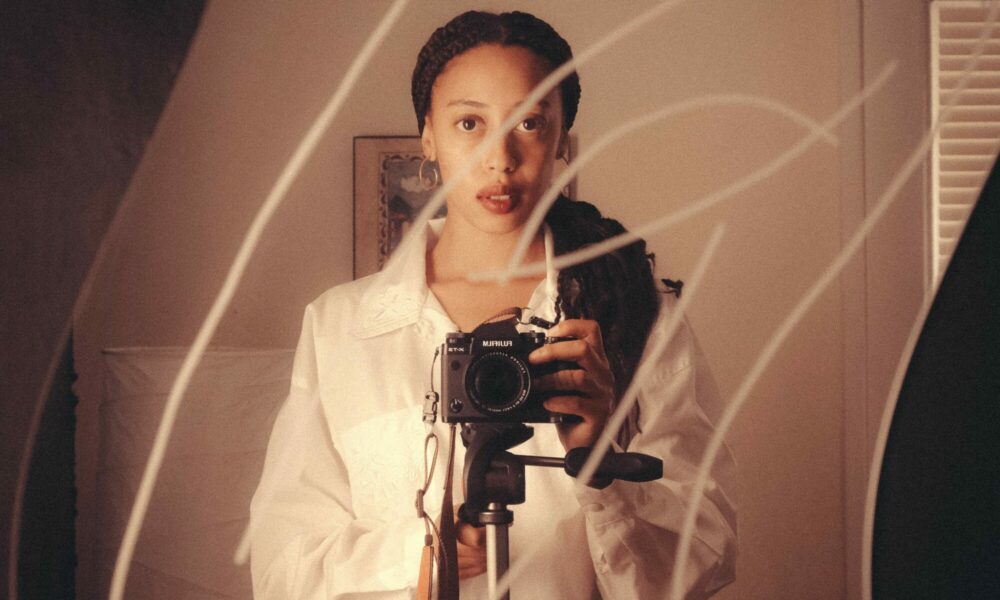

Today we’d like to introduce you to Akea Brionne.
Hi Akea, so excited to have you on the platform. So, before we get into questions about your work life, maybe you can bring our readers up to speed on your story and how you got to where you are today.
I’ve always been drawn to the creative world. In terms of me feeling empowered to continue making “art,” I often reference an early award I won for a drawing I did in kindergarten. It was a drawing on fire safety and the local fire department choses my drawing for a first-place award. It seems like a small and insignificant moment to draw on now, but it was truly the first moment that I felt like the world in my mind had the power to resonate with others. I just had to figure out how to disseminate it.
Throughout my early school years, I was always in the art room and my favorite teachers were always my art teachers. But as I got older, I found that I didn’t truly know how to express myself through the traditional mediums like painting or drawing. But still, I tried to push forward. When I got to high school and saw photography as an elective option, something in me opened up.
My grandfather and great-uncle gave me their old 35mm analog cameras and the rest is history. Because I was 1-3 years ahead in most of my academic courses, I had an entirely photo-centric schedule by my senior year of high school.
I don’t take images as much as I used to, but I do identify as a lens-based artist. My undergraduate degree was in photography, and I am currently about to begin my final semester in the photography program at Cranbrook. So, for years, my practice has centered around lens-based making. It has transitioned into many forms, including textile work, mixed media work, filmmaking, writing, and research. But I always think back to my first drawing for the fire department and how much it ignited something in me that I wasn’t even aware of at the time.
Though I’m the only artist in my family, they’ve been incredibly supportive of me pursing a career in the arts. That gave me the freedom to see what I was capable of doing, and I’m grateful to have been able to explore this path without any reservations.
I’m sure you wouldn’t say it’s been obstacle free, but so far would you say the journey has been a fairly smooth road?
In some ways, it has been a smooth road. In others, it could not have been further from smooth.
In all honesty, I believe that to choose a career in the arts and to do it wholeheartedly is not for the faint of heart, especially if you weren’t born with a silver spoon in your mouth. Of course, every path to success is valid and should be affirmed, but I got here by working very hard, oftentimes without any security that it would pay off.
One of the biggest struggles was juggling art school while trying to support myself. At one point, I was working five part-time jobs to pay for materials, school fees, class trips, and food and gas. I wasn’t able to dedicate as much time as some of the classmates who didn’t have to think about supporting themselves. On top of it, I was culturally and racially isolated in much of my educational communities, so it forced me to be very strategic about how I spent my time, how I acquired my resources, and how I had to get my work “out there.”
Another struggle has been centered around the very real issue of society valuing art but not valuing artists. I make a full-time living off of my work, and though it can be stressful, it’s a constant balancing act of getting people to understand that I have to eat and pay my bills just like they do. It made me learn how to stick to my boundaries early on and be strategic about the relationships I was building. If I don’t value myself, how can I teach others to value what I make and what I bring to the table?
I’ve had to say no a lot more than I’ve said yes, specifically because I knew how important it was to create my own standards for how I would run the “business” that is also known as my art practice. It has been lonely at times because I’ve not gotten here off the backs of anyone else. Which also means that I’ve had to teach myself a lot of things along the way such as accounting, writing my statements, budgeting, taxes, and even creating price lists and purchase agreements. But it’s also taught me how to identify those who don’t want to see me win.
Thanks – so what else should our readers know about your work and what you’re currently focused on?
I’m a lens-based artist and researcher that makes work about the relationship between family, cultural assimilation, environmental displacement, and identity as a creole woman in America. I’m originally from New Orleans and grew up in Ellicott City, Maryland, and Baltimore, with some time living in Napa, CA. All of these spaces have been impacted by climate change and regional development in a multitude of ways, including flooding, hurricanes, and wildfires. My entire life has been centered around displacement and the effects that has had on how myself and my family have connected to the spaces we’ve found ourselves in.
Most people know me for my photography work, which centered around my family, the archive, and American history. A lot of people as of late have come to know me through my textile work which centers around the same themes but in a way that sheds more light on my individual history.
I’m most proud of the work that has yet to be created. I have so many ideas in my mind, and I’m always excited to create a body of work and then dive deeper into the next series. I find that I open myself up to my audience more and more each time I create something.
In all honesty, I don’t think it matters what sets me apart from others. I’m my own person and I think people see that when they look at my work. Whether it’s an image, an installation, or a tapestry, you see me in all forms. Everyone is unique with their own story. I’m dedicated to sharing my part of the story and it’s my obsession. But I can’t say I don’t see that same drive-in others.
We’re always looking for the lessons that can be learned in any situation, including tragic ones like the Covid-19 crisis. Are there any lessons you’ve learned that you can share?
I have gone through a lot since the beginning of the pandemic. The biggest thing that I’ve taken away is that there is no amount of preparation that will spare you from what life has to teach you. You can think you have it all figured out and life will always throw a curve ball.
As of now, I’ve grown immensely from every curve ball that’s been thrown my way, especially the ones I thought I’d never recover from.
Contact Info:
- Website: akeabrionne.com
- Instagram: instagram.com/akeabrionne
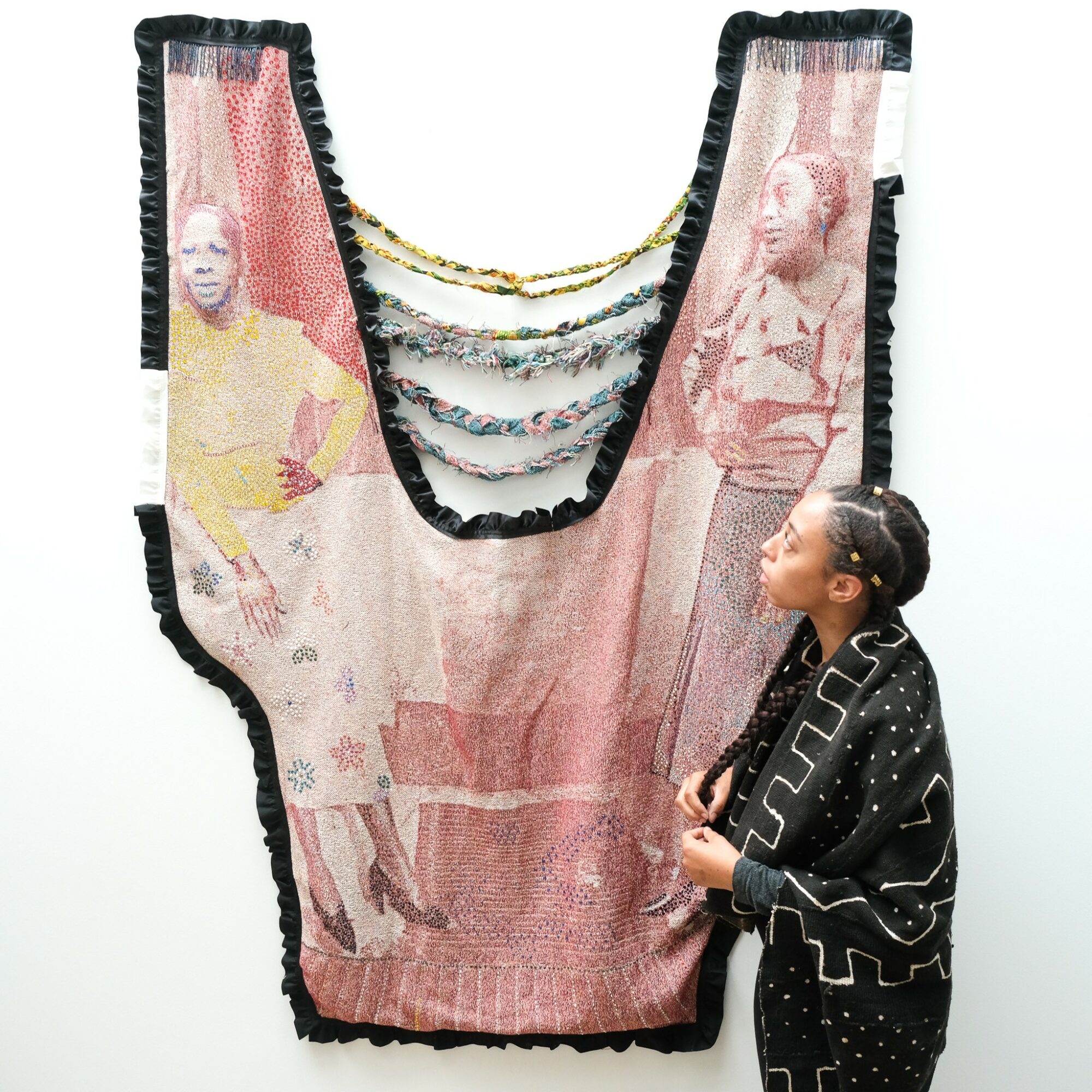
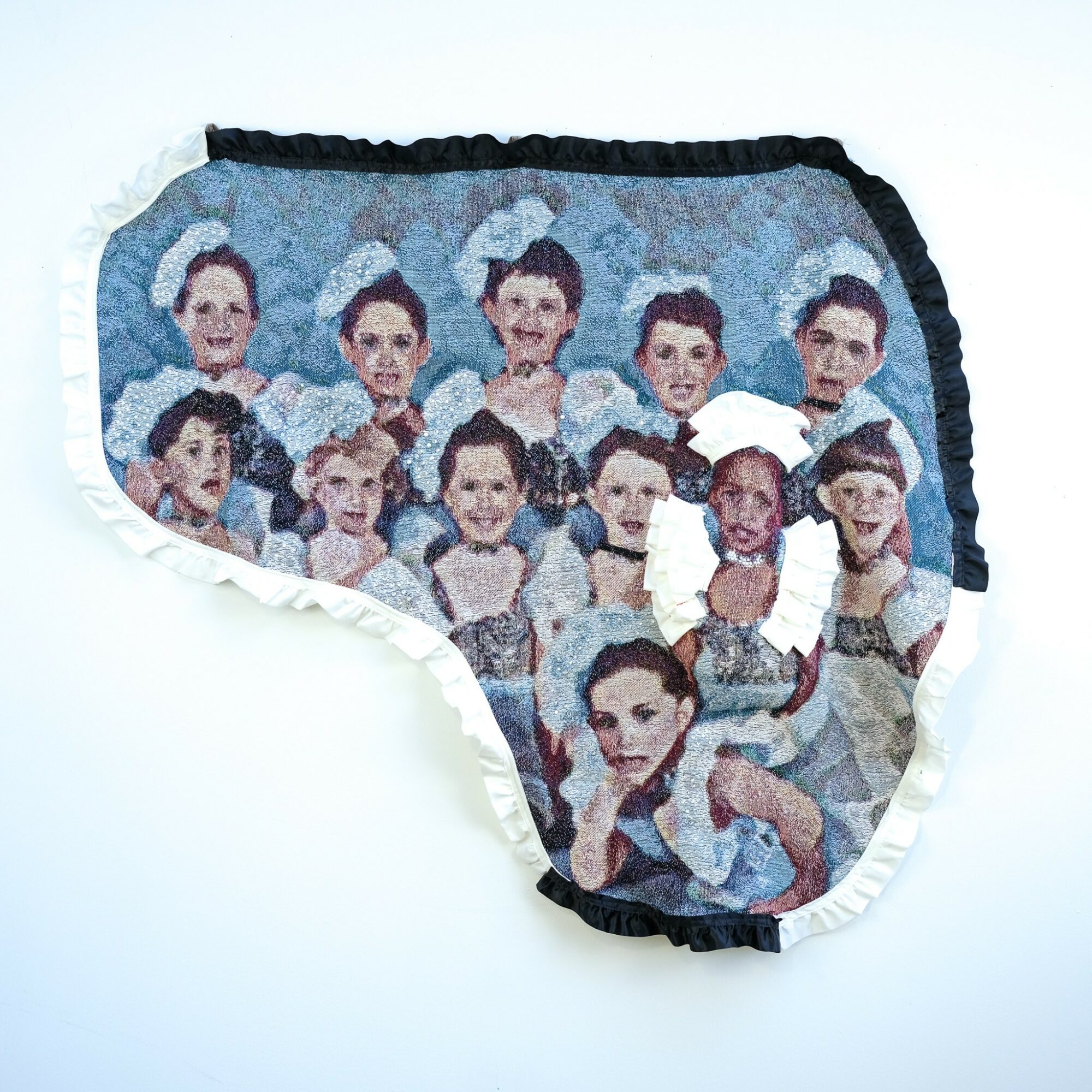
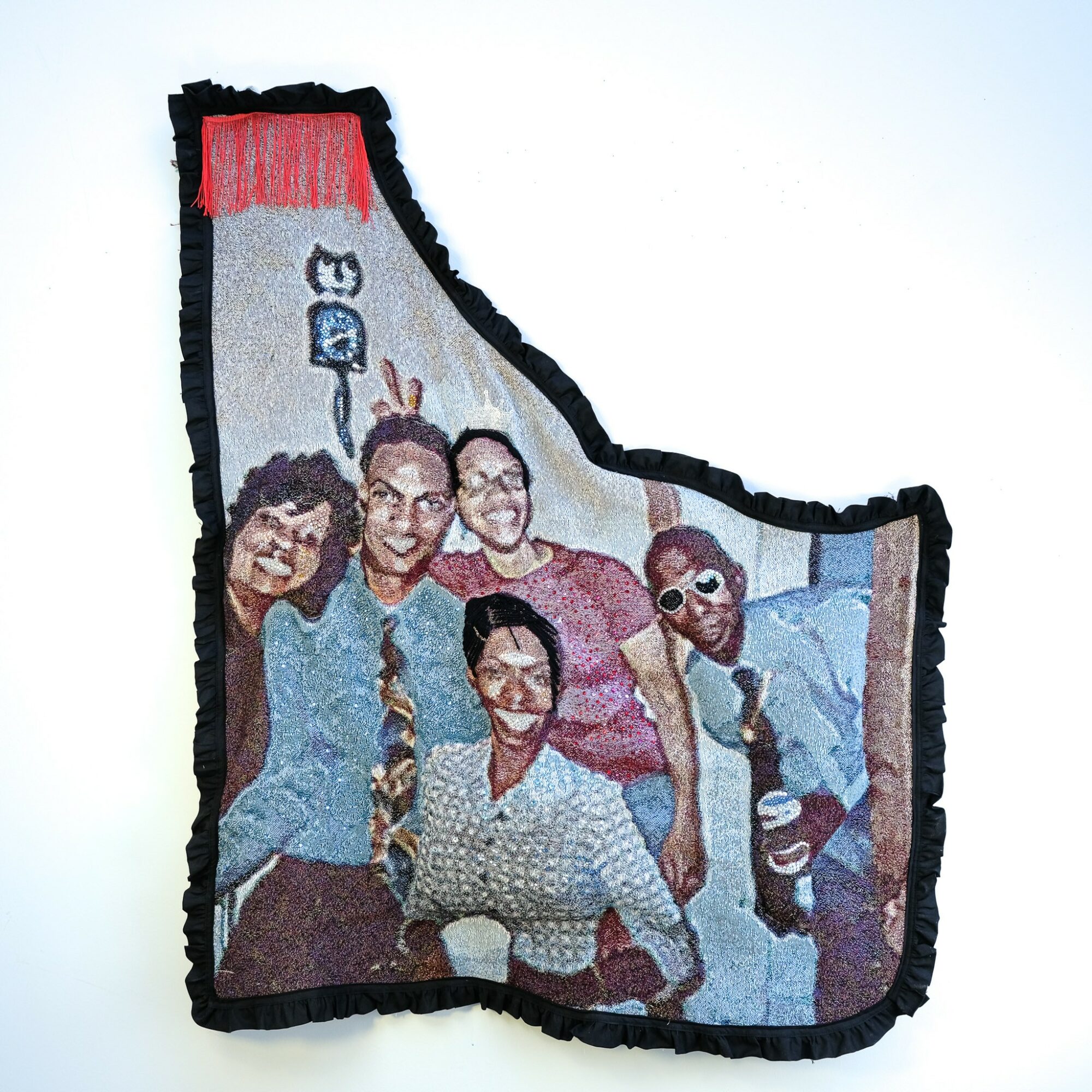
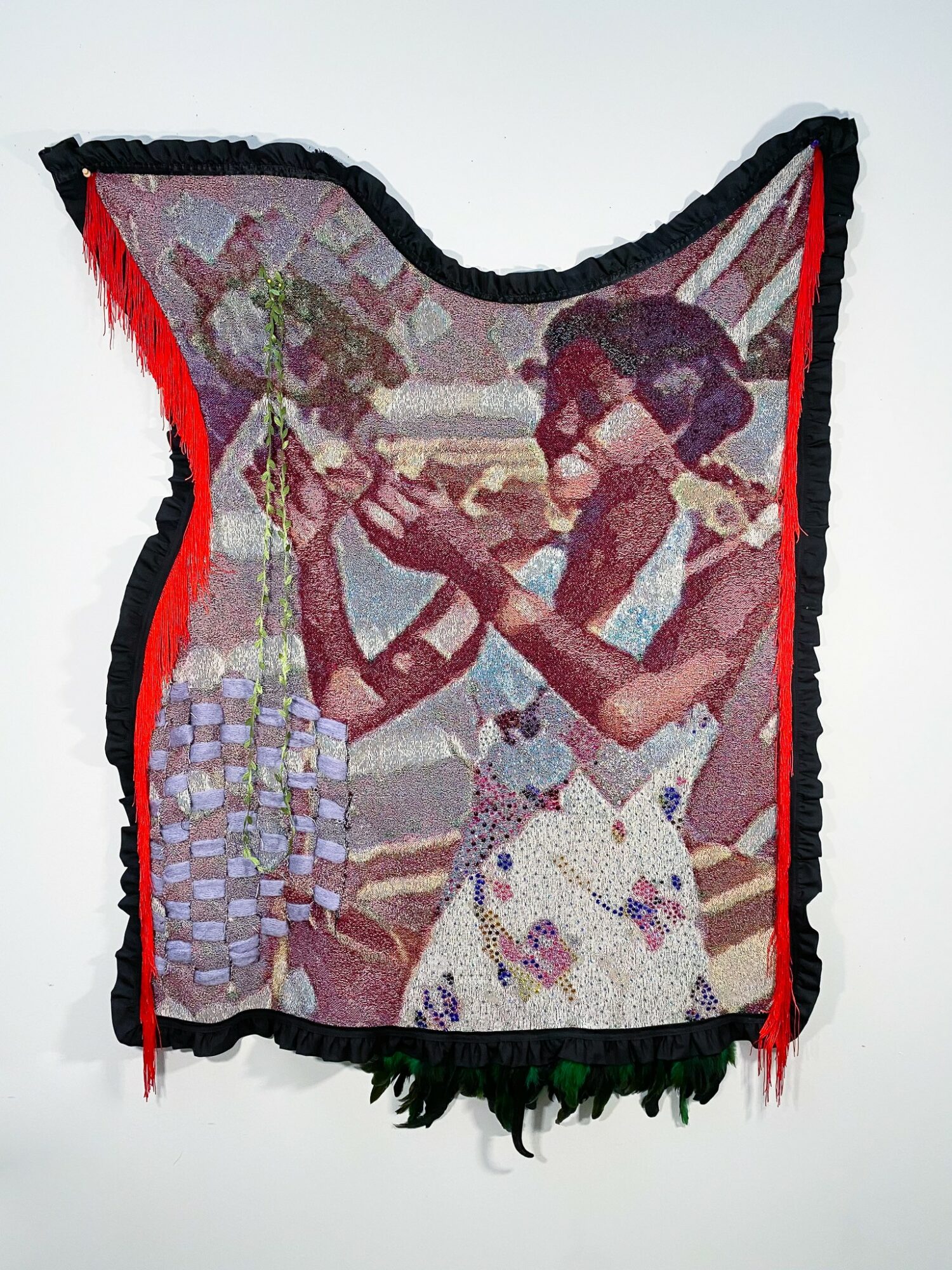
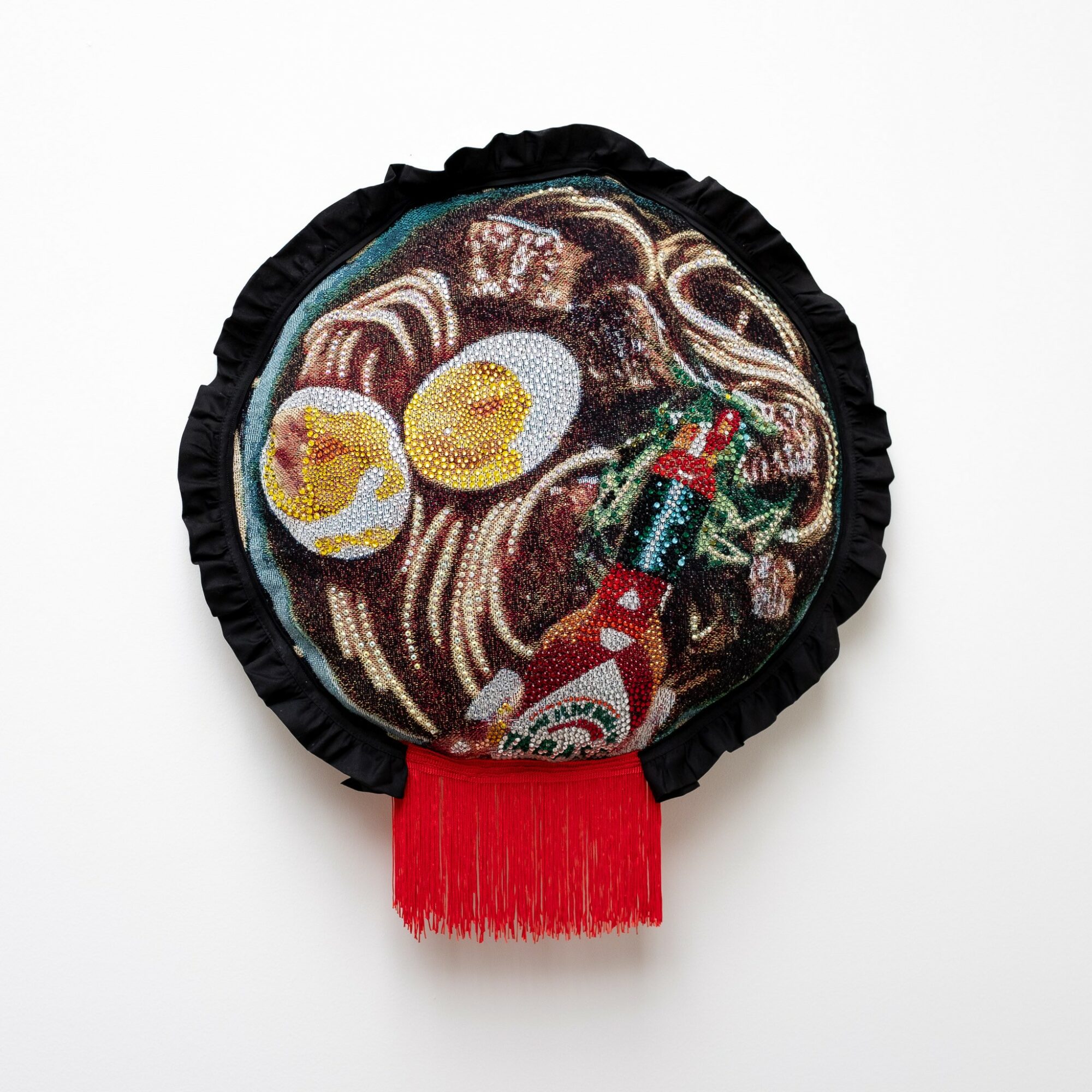
Image Credits
Akea Brionne

